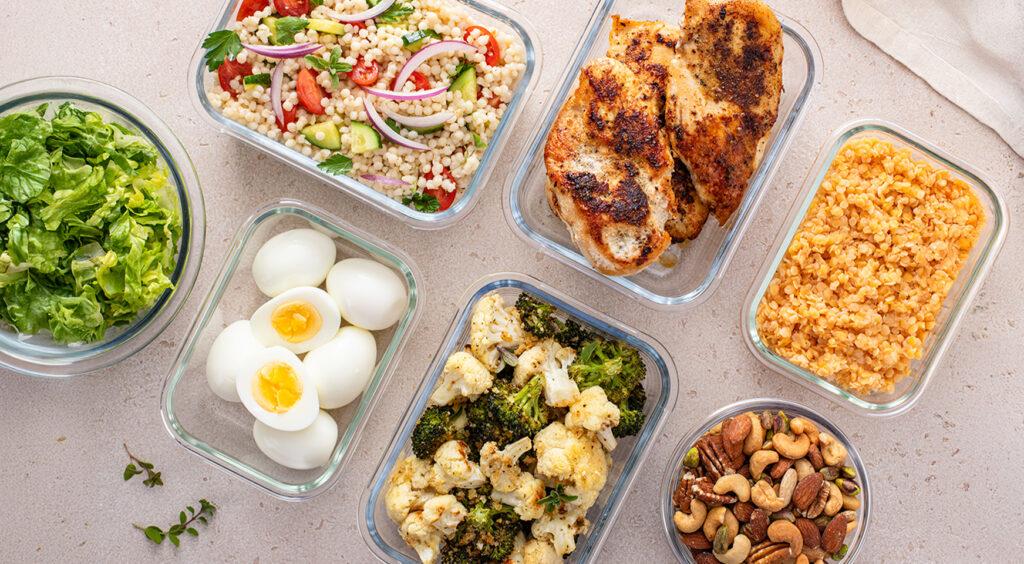Managing mental health as pandemic restrictions ease
By Brett Goldhawk

As governments across Canada ease public health restrictions in the wake of an unprecedented Omicron wave, many Canadians feel cautiously optimistic. But adjusting to a new normal with a virus that is still circulating can also spark feelings of fear and anxiety.
UBC psychiatry professor Dr. Steven Taylor, author of The Psychology of Pandemics: Preparing for the Next Global Outbreak of Infectious Disease, offers advice on how people can manage the complex feelings that come with this next phase of the pandemic.
How are people responding differently to the easing of pandemic restrictions?
Some people respond with little or no anxiety. They might feel a little apprehensive at first, such as when getting into an elevator crowded with maskless people, but the apprehension soon passes. Other people may take more time to adjust. They might prefer to continue wearing masks until they feel more comfortable.
It’s important to recognize that a pandemic doesn’t end at the same time for everyone. We all have varying comfort levels and risk factors to consider. We need to be patient, accepting and compassionate of everyone taking things at a pace that is right for them.
What does “learning to live with COVID-19” look like?
Learning to live with uncertainty is a big part of learning to live with COVID-19. Some people have difficulty tolerating uncertainties in their lives, leading them to feel anxious or worried. Fortunately, there are effective methods for improving your tolerance for uncertainty, including cognitive behavioural therapy, which is available in a variety of formats, including internet programs, phone apps and sessions with a therapist.
What advice do you have for people who feel anxious returning to normal activities?
Remember, you are not alone. A lot of people are anxious about returning to normal activities. Take your time, allowing yourself to return to former activities at your own pace. For most people, the anxiety will pass. But if it doesn’t, and the anxiety is getting in the way of your life, you might benefit from seeing a mental health professional.
What steps can at-risk individuals take to protect themselves?
For some people, such as the elderly or those who are immunocompromised, it may still be quite dangerous for them to get COVID-19. Every person needs to consider their own personal risk and what it could mean to get infected.
People at-risk for severe reactions to the coronavirus should talk with their doctor to decide how to best protect themselves. This might involve wearing a mask under some circumstances, along with other protective measures.
Who should people talk to if they need support?
During stressful times such as COVID-19, people can get support by talking with friends and family, and by talking with their doctor, who might arrange a referral to a mental health professional such as a psychologist, psychiatrist, or counsellor.
Brett Goldhawk is a writer with UBC Faculty of Medicine. This article was published on March 11, 2022.
This article is republished from UBC Faculty of Medicine. You can read the original article here. If you are interested in republishing this article, please contact UBC Faculty of Medicine.


